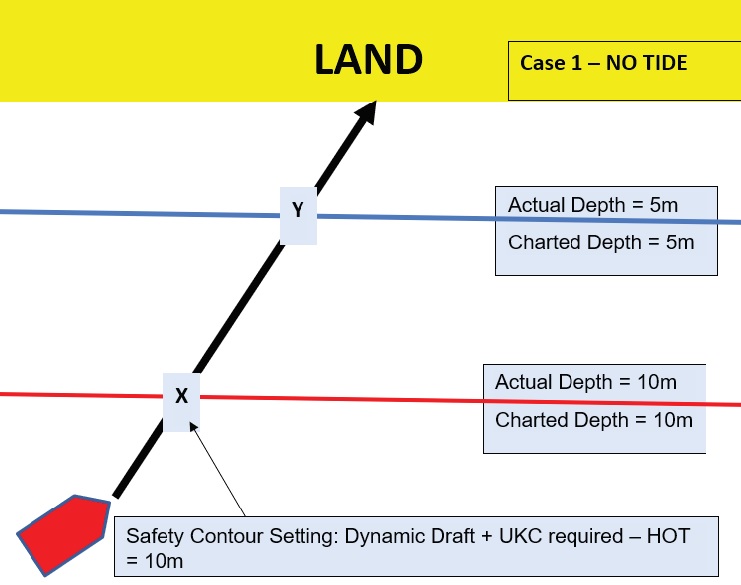DIFFERENTIATE BETWEEN ADOPTED AND NON-ADOPTED ROUTEING SCHEMES.
ADOPTED SCHEMES:
- These are routeing schemes adopted by IMO.
- Are intended for use by all vessels, by day, by night, in all weather, in ice free waters or under light Ice
conditions where no extraordinary manoeuvres or assistance by ice-breakers is required. - All routeing systems adopted by IMO are in accordance with Rule 10 of Colregs.
NON-ADOPTED SCHEMES:
- These are routeing schemes established by national governments or local authorities and are not adopted by the IMO.
- The rules and regulations are laid out by these authorities and may not conform to Rule 10 always and they
may modify Rule 10 as well as other rules of the Colregs.
FIVE PRECISE OBJECTIVES OF THE IMO ROUTEING.
- Separation of opposing streams of traffic to reduce head-on incidents.
- reduce danger of collision between crossing traffic in established shipping lanes.
- Simplify pattern of flow in converging areas.
- Organise safe traffic in areas of offshore exploration.
- Organise of traffic flow around areas where navigation by all ships or classes of ships is dangerous
and undesirable. - Organisation of traffic flow in or clear of environmentally sensitive areas.
- Reduce risk of grounding where depths are critical.
- Guidance of traffic clear of fishing grounds or through fishing grounds.
STATE WHERE INFORMATION ON TSS CAN BE OBTAINED.
- IMO Ships routeing
- Annual notice to mariners No.17
- Weekly edition of Admiralty Notices to Mariners
- Navigational charts for the concerned area
- Sailing directions
- Rule 10 of Colregs
- MSN 1642
- ALRS volumes 6/7
Non-compliance with the TSS is considered a serious maritime offence, on summary conviction is liable to a fine
of maximum £ 50,000/-


